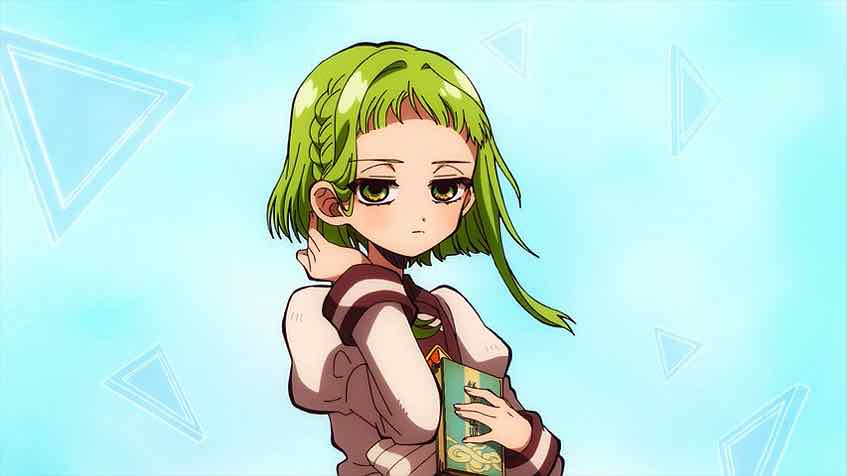 Man, this show can be really heartbreaking when it wants to be. There are plenty of tear-jerker series that go for the big cry like comedies go for the big laugh. But Jibaku Shounen Hanako-kun goes the honest route, through pathos. The sadness comes from the characters and their circumstances, and the most emotional moments are never oversold. When you cut through all the style and structural elements that differentiate a series, this one may be one of most legitimately dark around, from an existential standpoint.
Man, this show can be really heartbreaking when it wants to be. There are plenty of tear-jerker series that go for the big cry like comedies go for the big laugh. But Jibaku Shounen Hanako-kun goes the honest route, through pathos. The sadness comes from the characters and their circumstances, and the most emotional moments are never oversold. When you cut through all the style and structural elements that differentiate a series, this one may be one of most legitimately dark around, from an existential standpoint.
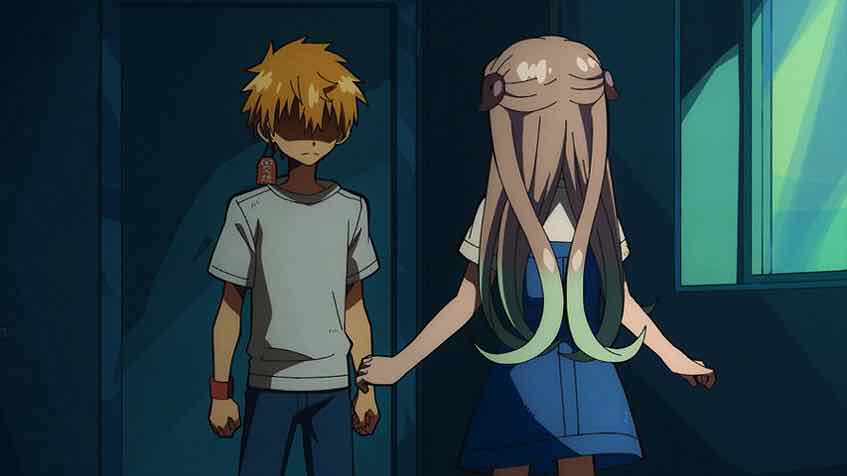 With Sakura doing the cold open, you had to feel like it was going to be sort of a rough go of it. Kou has been a bit sidelined for much of the cour, but it seemed very likely he was going to play a larger role this week based on the final moments of Episode 18. Immediately, he asks Nene what her feelings about Hanako-kun are. And, more importantly, what she plans to do if they’re reunited. Hanako is, as Kou says, a spirit – and one who’s killed people. I thought for a moment that Kou was going to declare his own (obvious) feelings for Nene, but he was merely looking ou for her. And possibly offering her a path to pursue a life with Hanako-kun, if that’s what she wants.
With Sakura doing the cold open, you had to feel like it was going to be sort of a rough go of it. Kou has been a bit sidelined for much of the cour, but it seemed very likely he was going to play a larger role this week based on the final moments of Episode 18. Immediately, he asks Nene what her feelings about Hanako-kun are. And, more importantly, what she plans to do if they’re reunited. Hanako is, as Kou says, a spirit – and one who’s killed people. I thought for a moment that Kou was going to declare his own (obvious) feelings for Nene, but he was merely looking ou for her. And possibly offering her a path to pursue a life with Hanako-kun, if that’s what she wants.
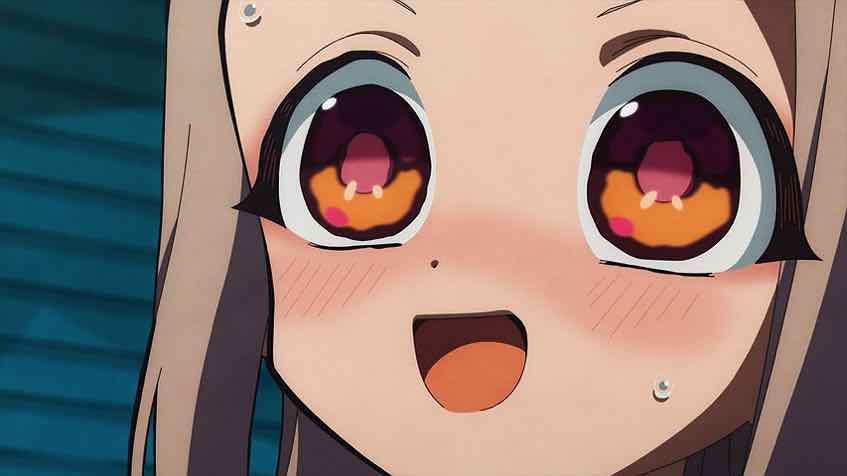 Of course, in hindsight – that’s who Kou is. He’a always been one of the more pathos-heavy characters here, because he’s such an innocent and possessed of such unvarnished decency. He and Nene are the most straightforward “good” characters in this cast, and whenever they team up they’re a bit poignant just by nature. But here that’s turned up to eleven. Teru assigns them to check for items or places that were important to Mitsuba-kun, as those could be possible gateways to the Boundary. They check around at school, where Kou fills Nene in on Number 3’s true nature.
Of course, in hindsight – that’s who Kou is. He’a always been one of the more pathos-heavy characters here, because he’s such an innocent and possessed of such unvarnished decency. He and Nene are the most straightforward “good” characters in this cast, and whenever they team up they’re a bit poignant just by nature. But here that’s turned up to eleven. Teru assigns them to check for items or places that were important to Mitsuba-kun, as those could be possible gateways to the Boundary. They check around at school, where Kou fills Nene in on Number 3’s true nature.
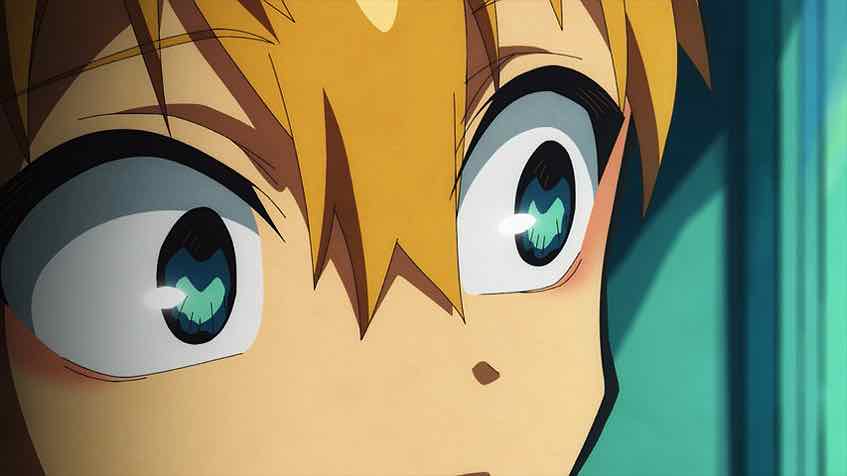 Everyone seems a bit reluctant to talk about Sousuke – or no one ever got close to him. The truth is he was closer to Kou than anyone else at school – an outsider being bullied, artistic and sharp-tongued, almost certainly gay and in love with Kou. But there is one lead – the location of his grave, which his fellow photography club members visited after his passing. Nene and Kou head off to visit it themselves , unsure where to even begin looking in the massive cemetery, but soon run into Sousuke’s mother (who shares none of her son’s grace or sense of style, it seems).
Everyone seems a bit reluctant to talk about Sousuke – or no one ever got close to him. The truth is he was closer to Kou than anyone else at school – an outsider being bullied, artistic and sharp-tongued, almost certainly gay and in love with Kou. But there is one lead – the location of his grave, which his fellow photography club members visited after his passing. Nene and Kou head off to visit it themselves , unsure where to even begin looking in the massive cemetery, but soon run into Sousuke’s mother (who shares none of her son’s grace or sense of style, it seems).
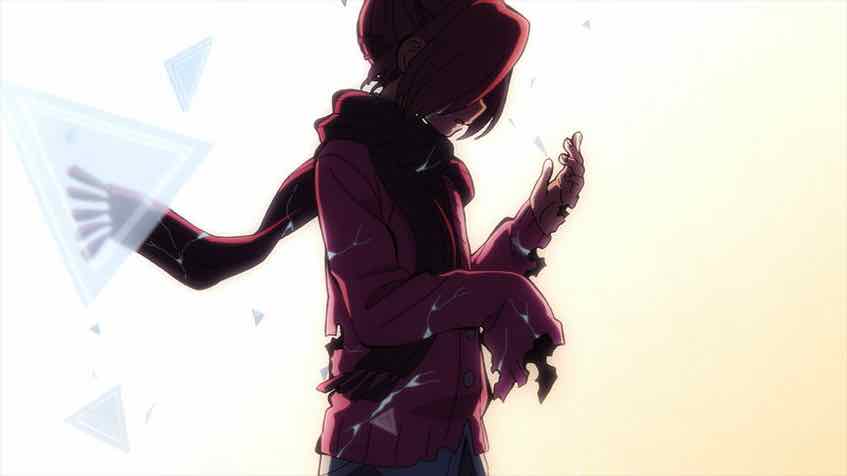 I must say up front, the whole scene at the Mitsuba house is one of the most quietly moving I’ve seen in anime for a long time. Again, it’s told quietly and with dignity – a mom talking about her dead son, relishing the opportunity to be a part of his life again for a few moments vicariously through the kids. It’s like a portrait being painted with dialogue, this scene. Sousuke’s mother talks of how he never brought a friend home before, and how his dad was gone (though the source of his photography habit). The kids sit and eat awkwardly, as kids will in such a situation, trying to make her feel better and not really knowing how.
I must say up front, the whole scene at the Mitsuba house is one of the most quietly moving I’ve seen in anime for a long time. Again, it’s told quietly and with dignity – a mom talking about her dead son, relishing the opportunity to be a part of his life again for a few moments vicariously through the kids. It’s like a portrait being painted with dialogue, this scene. Sousuke’s mother talks of how he never brought a friend home before, and how his dad was gone (though the source of his photography habit). The kids sit and eat awkwardly, as kids will in such a situation, trying to make her feel better and not really knowing how.
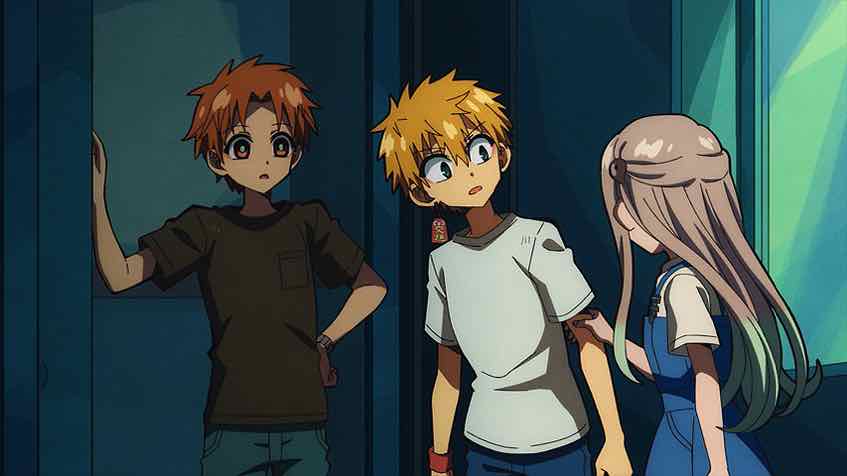 The picture Mitsuba-san paints is of a fiercely proud and independent child, one who loved her dearly but shared his heart with no one else (apart from Kou, to an extent). When she finally breaks down quietly at the end of the visit it’s really gut-wrenching, but no more so than when Kou does on way home and Nene quietly grasps his shoulder in helpless empathy. The kids found one clue in looking through Sousuke’s room – a photo which appeared to be blank but materializes before their eyes. It shows an old house neither of them recognizes – but Teru does. And the picture he paints is a profoundly creepy and unsettling one.
The picture Mitsuba-san paints is of a fiercely proud and independent child, one who loved her dearly but shared his heart with no one else (apart from Kou, to an extent). When she finally breaks down quietly at the end of the visit it’s really gut-wrenching, but no more so than when Kou does on way home and Nene quietly grasps his shoulder in helpless empathy. The kids found one clue in looking through Sousuke’s room – a photo which appeared to be blank but materializes before their eyes. It shows an old house neither of them recognizes – but Teru does. And the picture he paints is a profoundly creepy and unsettling one.
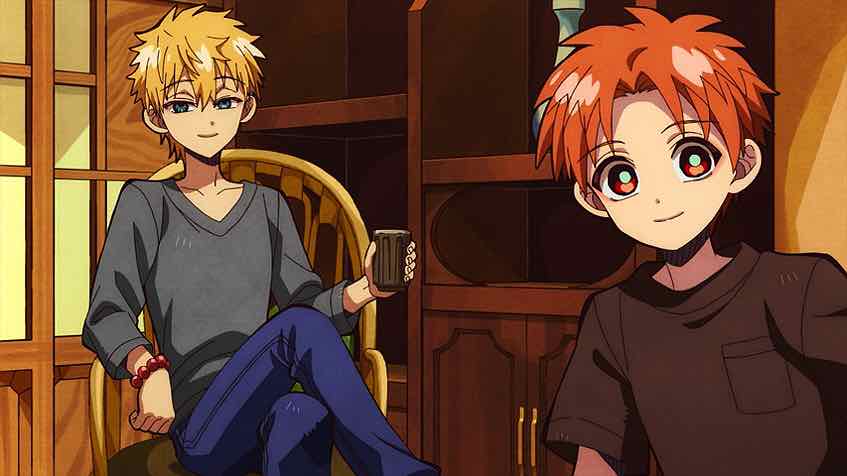 The Red House is what Teru calls it, and it has quite a history. He warns Kou and Nene in no uncertain terms to stay clear of it, lest its curse befall the pair of them too. They offer no protest whatsoever but, strangely, find themselves standing in front of it after walking seemingly with no intended destination. Even so they know better than to go inside – that is, until they hear the crying of a child coming from inside the house. If anyone shouldn’t be fooled by such things it’s these two, knowing what they know – but whether it’s juvenile recklessness or some sort of draw the Red House exerts, they soon find themselves inside.
The Red House is what Teru calls it, and it has quite a history. He warns Kou and Nene in no uncertain terms to stay clear of it, lest its curse befall the pair of them too. They offer no protest whatsoever but, strangely, find themselves standing in front of it after walking seemingly with no intended destination. Even so they know better than to go inside – that is, until they hear the crying of a child coming from inside the house. If anyone shouldn’t be fooled by such things it’s these two, knowing what they know – but whether it’s juvenile recklessness or some sort of draw the Red House exerts, they soon find themselves inside.
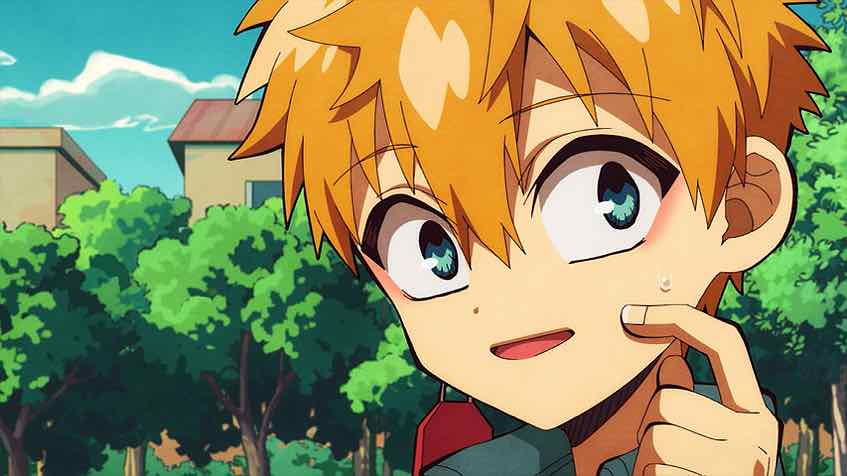 This was seriously creepy, to be sure. Nene and Kou are truly moe in the original sense of the word – people whose nature makes you want to protect them. But of course we can’t, and whatever draws them onward in their folly, we’re helpless but to watch. As soon as the voice from behind that locked door transitioned from crying to speech I recongized it of course – how could you not? The question, then, is how this apparition relates to the one we know and love. And indeed, whether Sousuke was somehow drawing Kou and Nene to this place to meet him.
This was seriously creepy, to be sure. Nene and Kou are truly moe in the original sense of the word – people whose nature makes you want to protect them. But of course we can’t, and whatever draws them onward in their folly, we’re helpless but to watch. As soon as the voice from behind that locked door transitioned from crying to speech I recongized it of course – how could you not? The question, then, is how this apparition relates to the one we know and love. And indeed, whether Sousuke was somehow drawing Kou and Nene to this place to meet him.


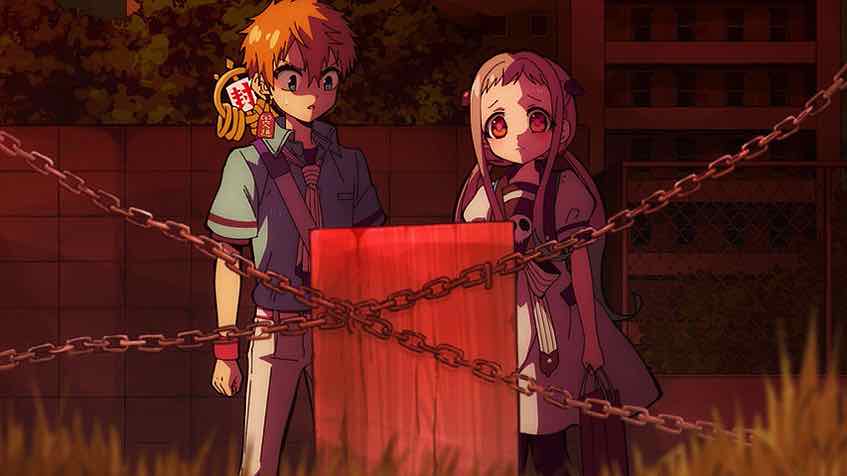
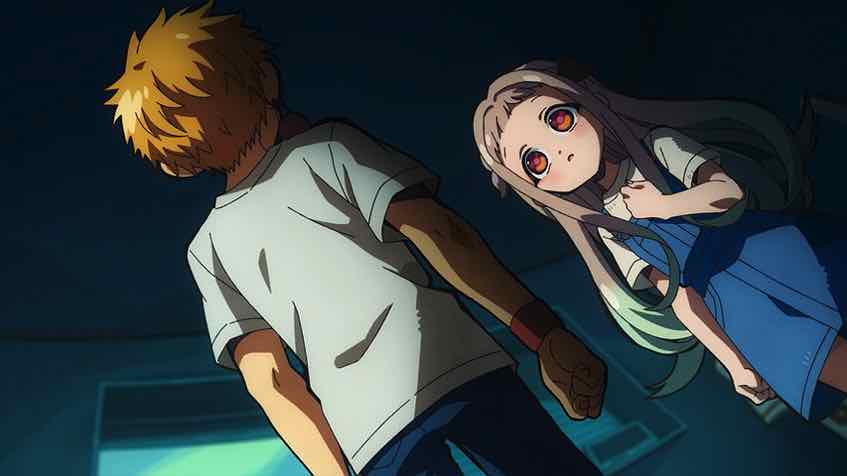
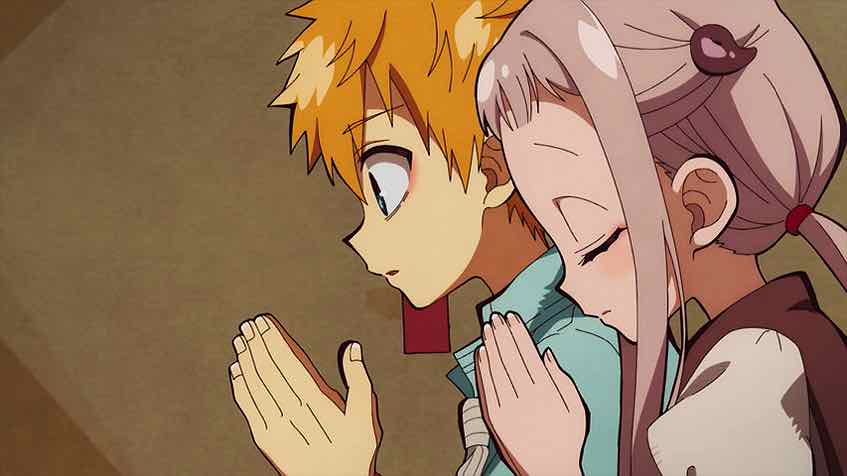
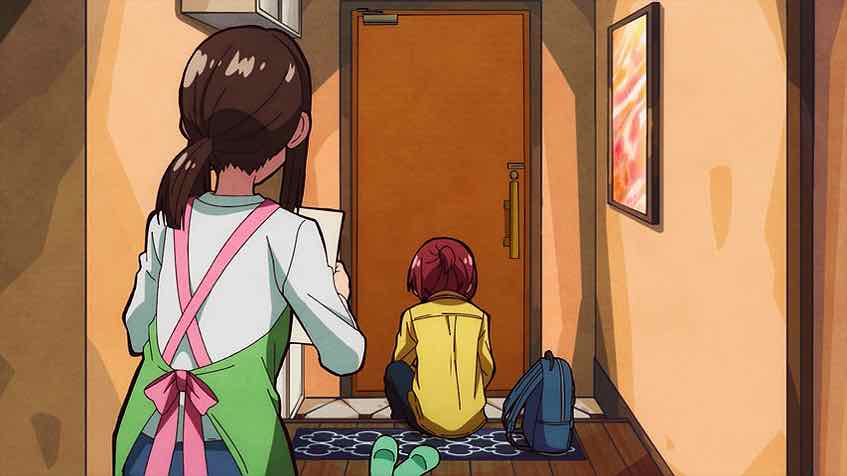
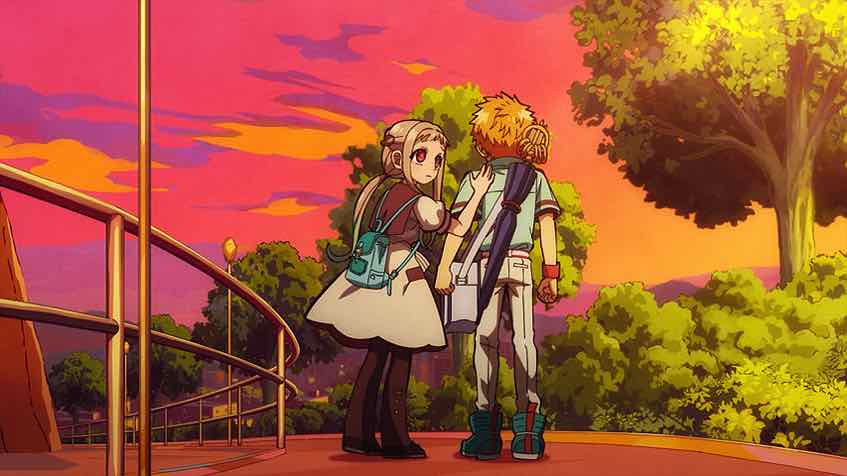
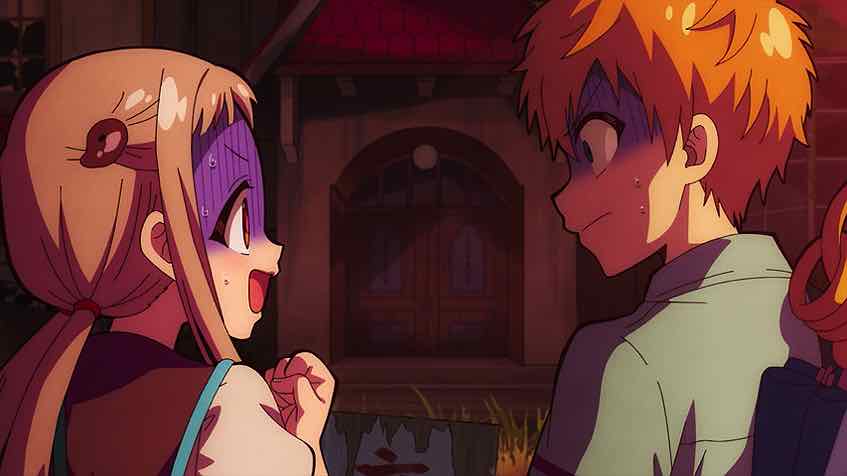
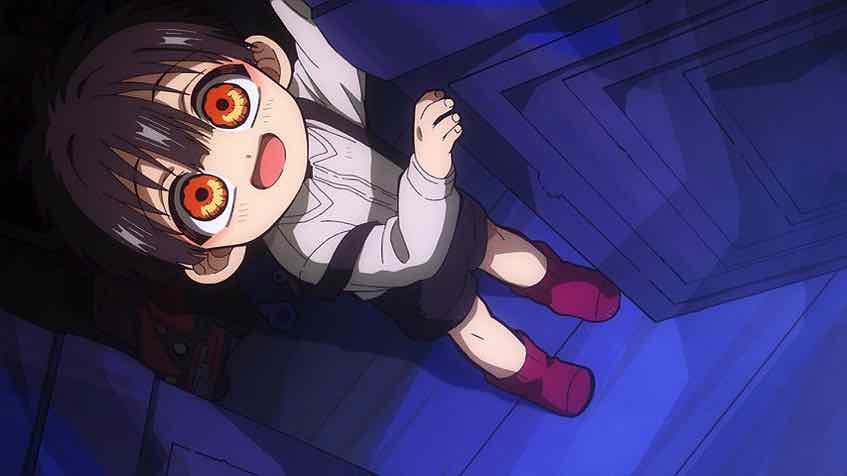
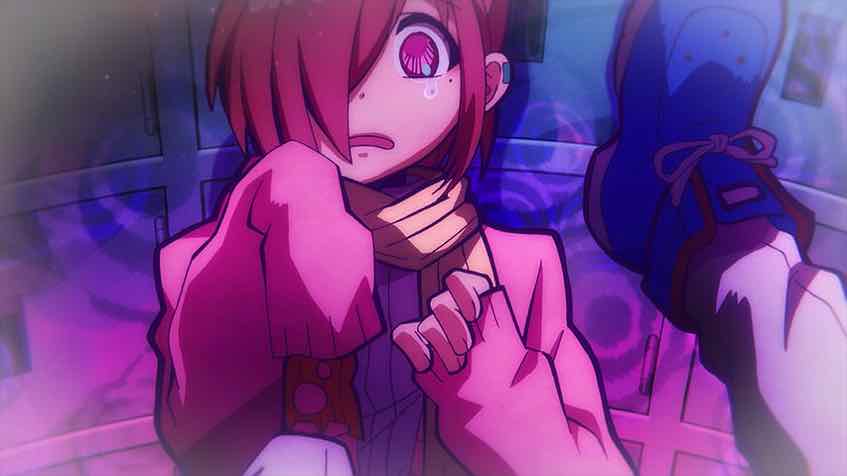

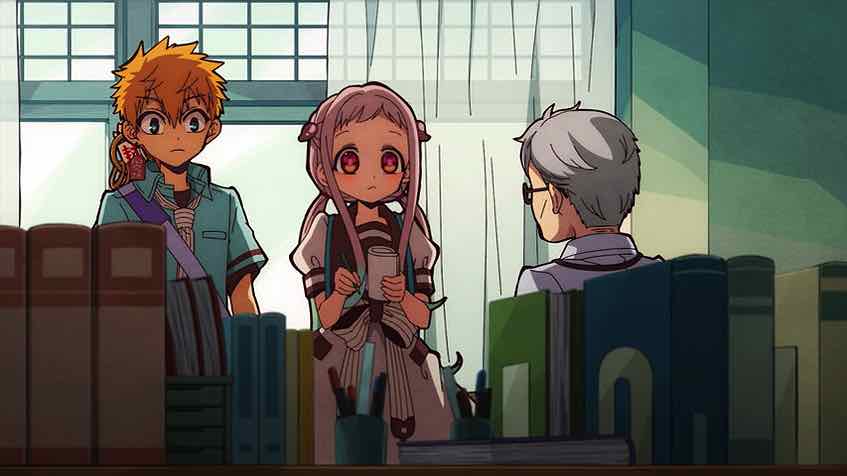
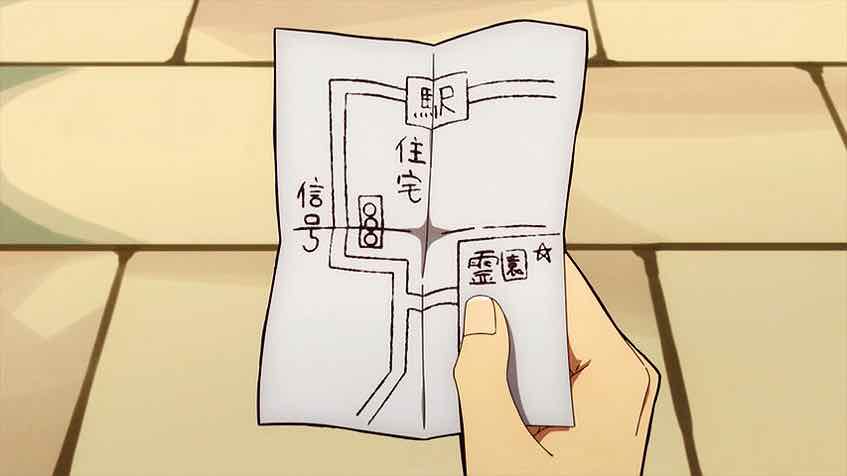
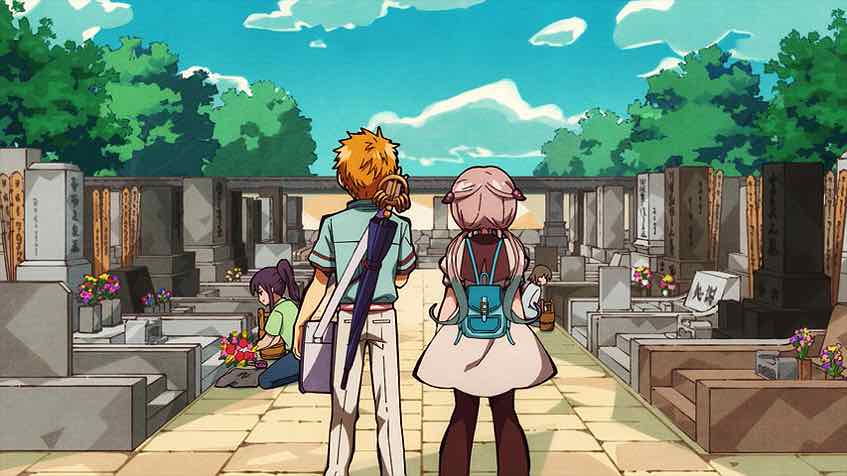
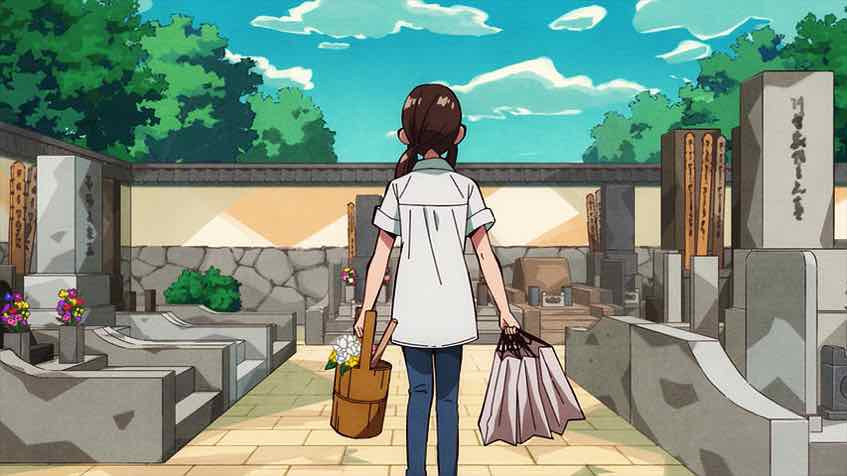
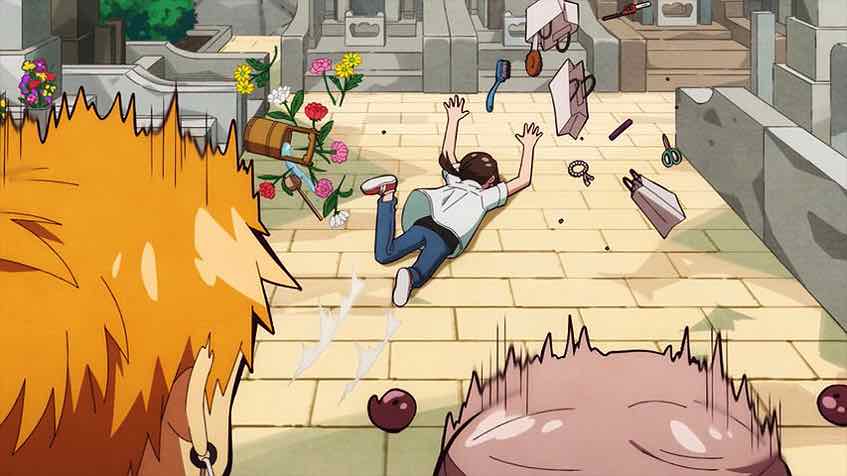
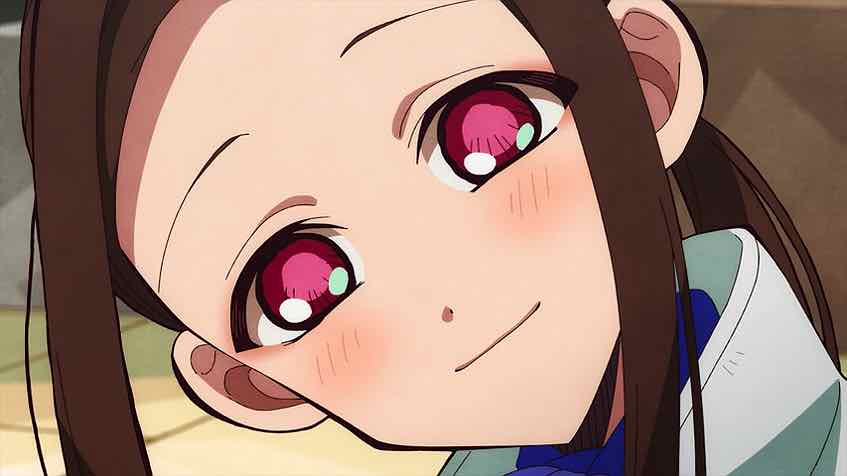
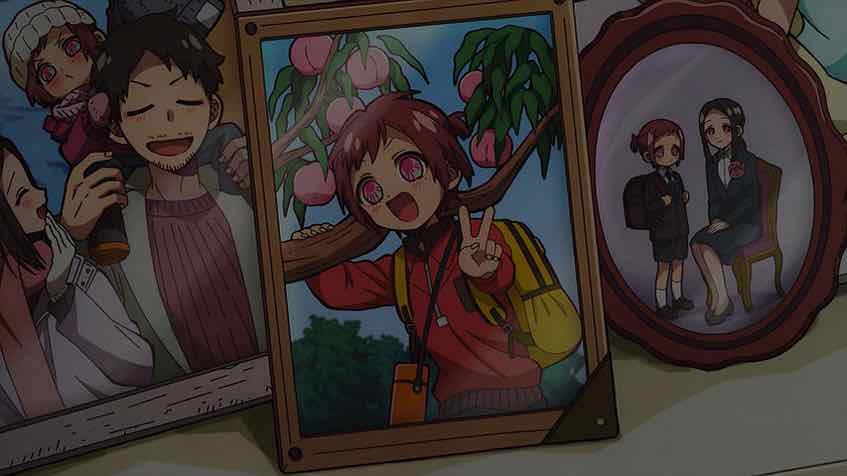
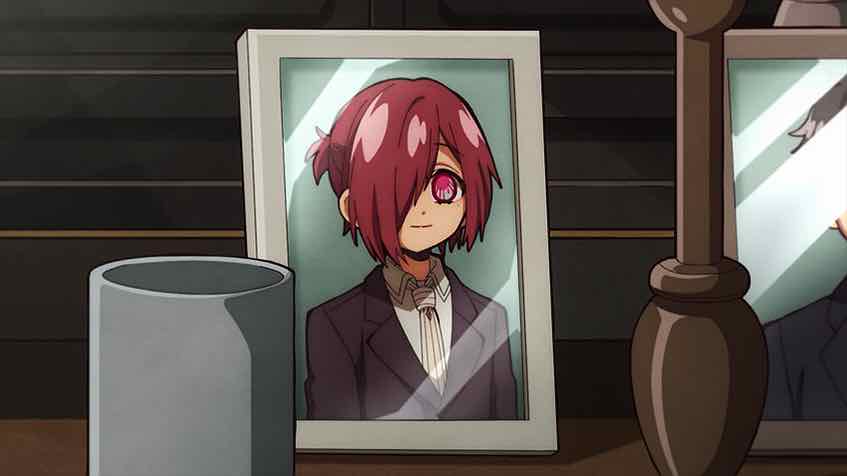
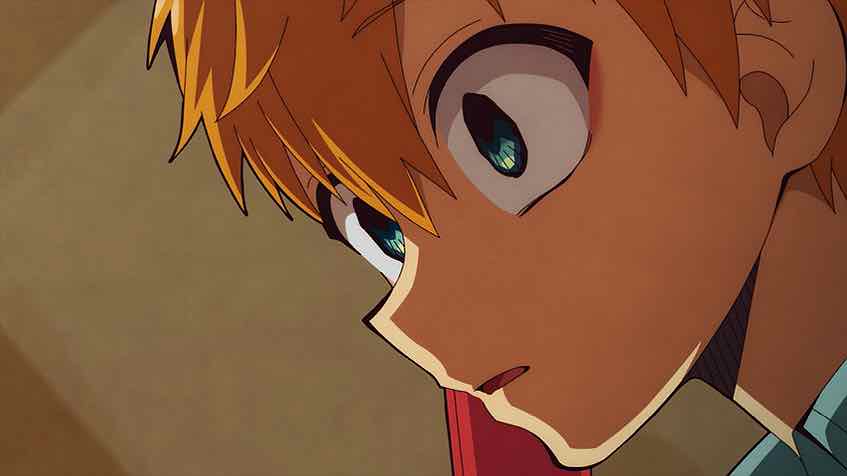
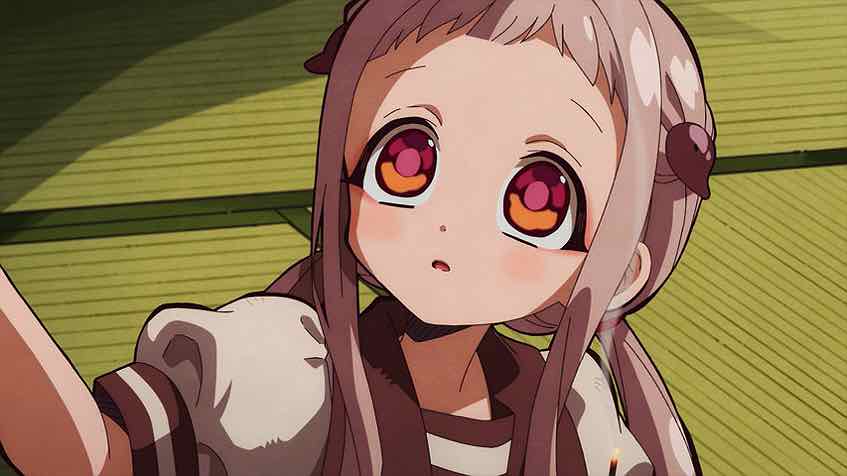
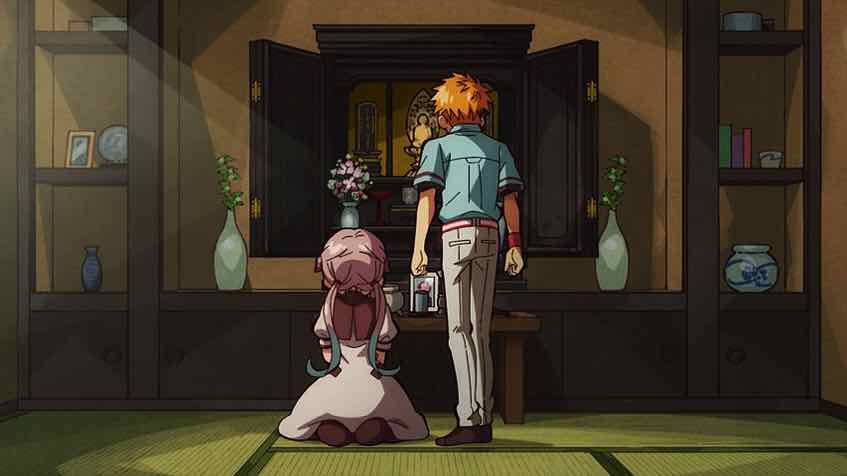
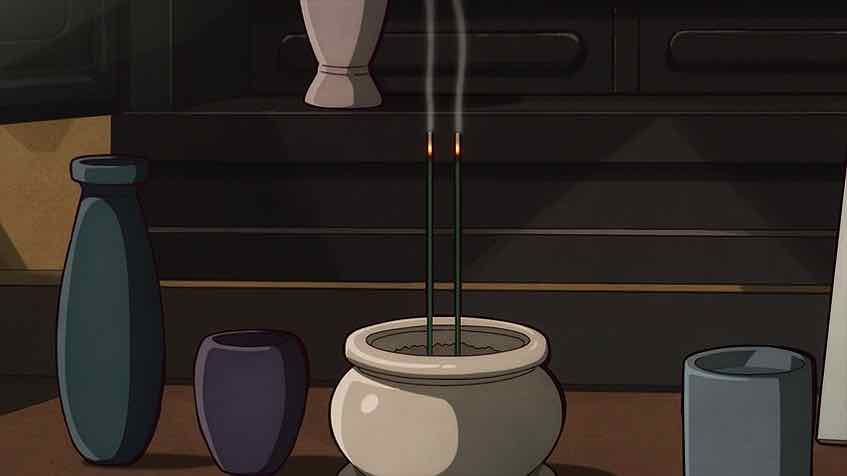
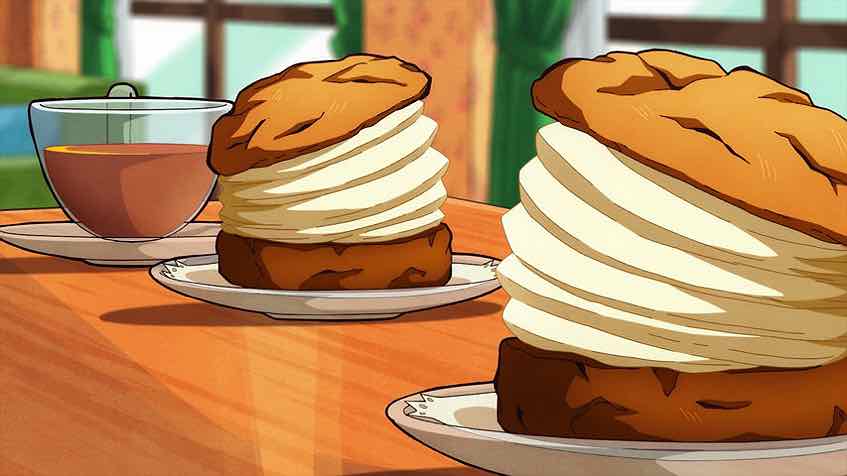
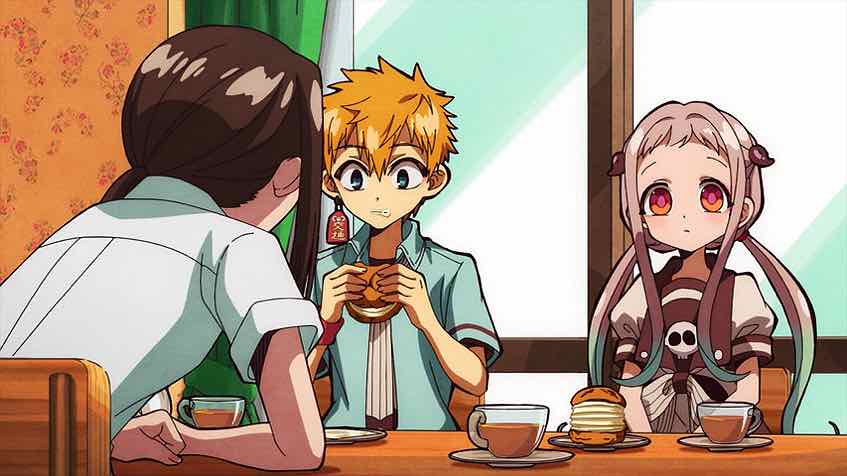
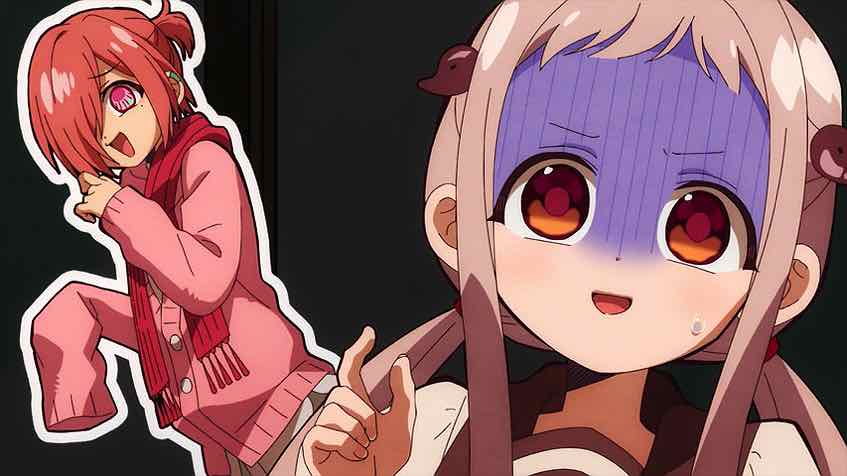
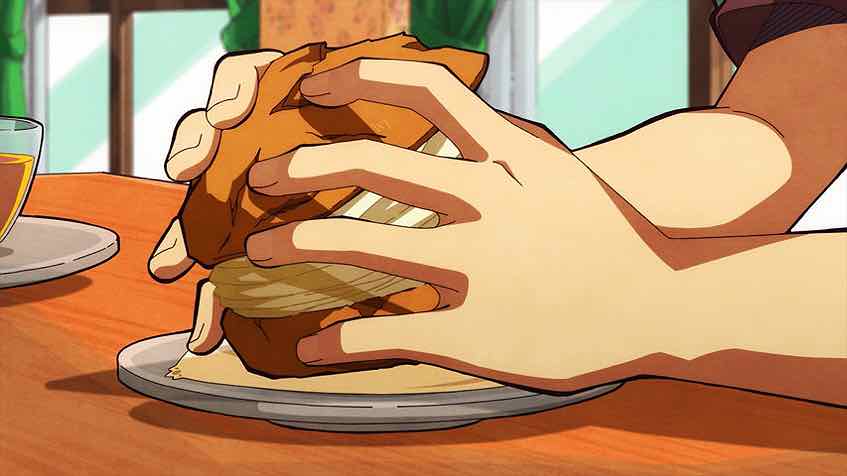
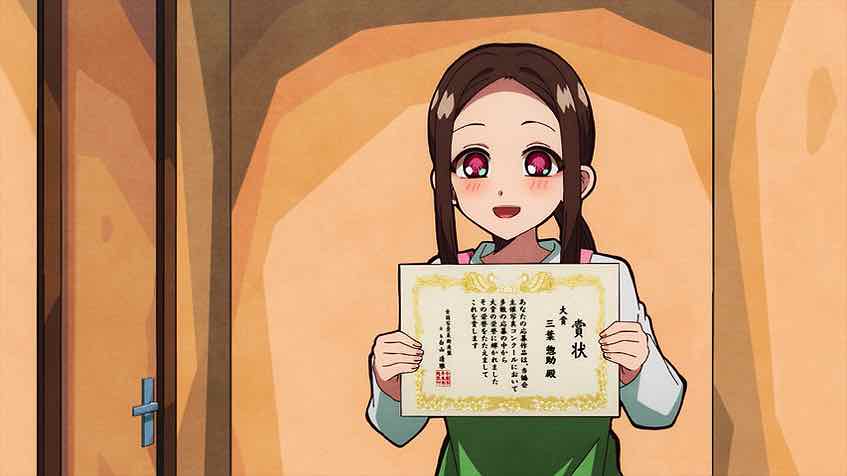
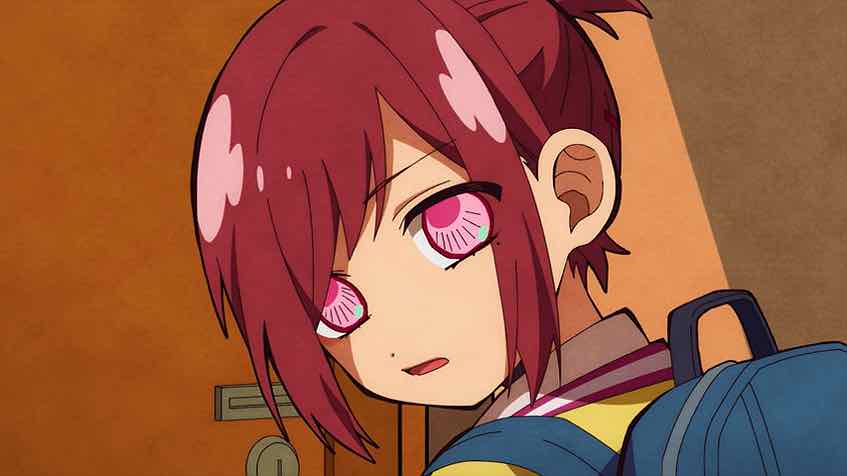
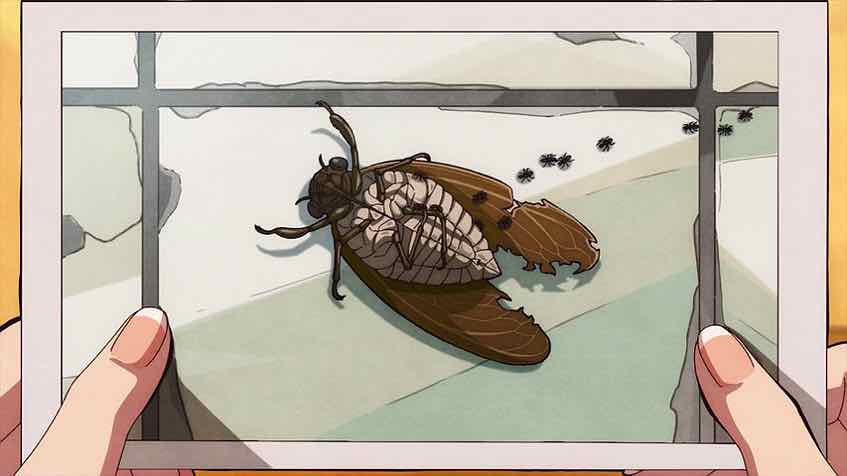
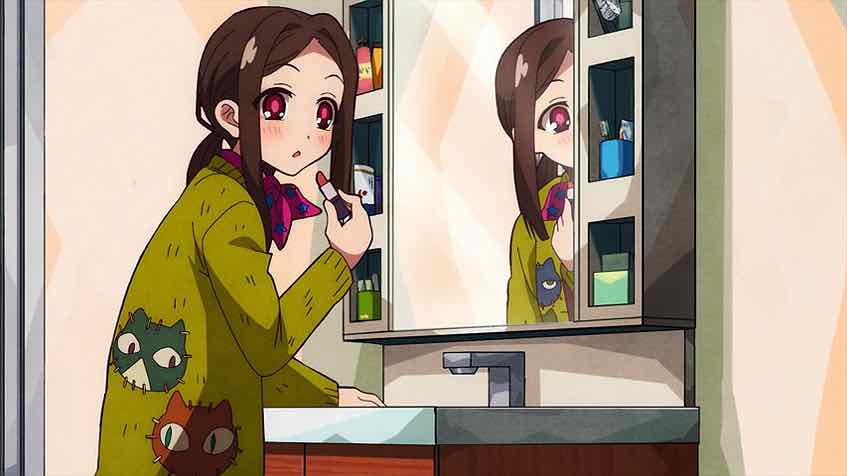
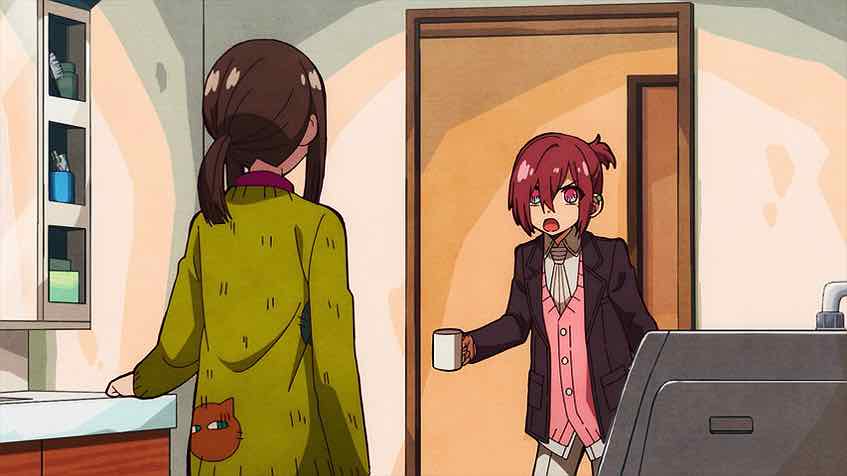

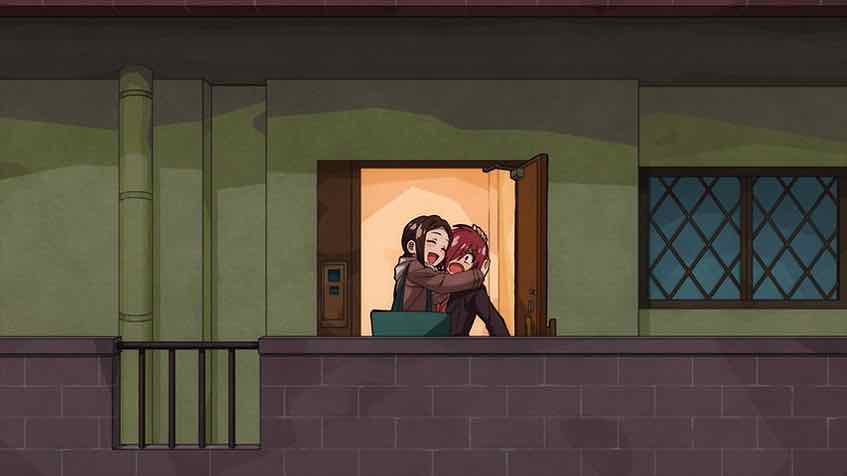
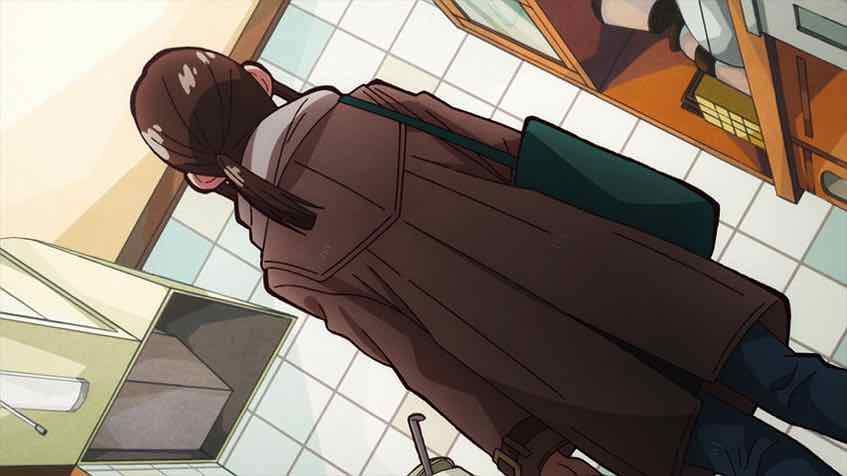
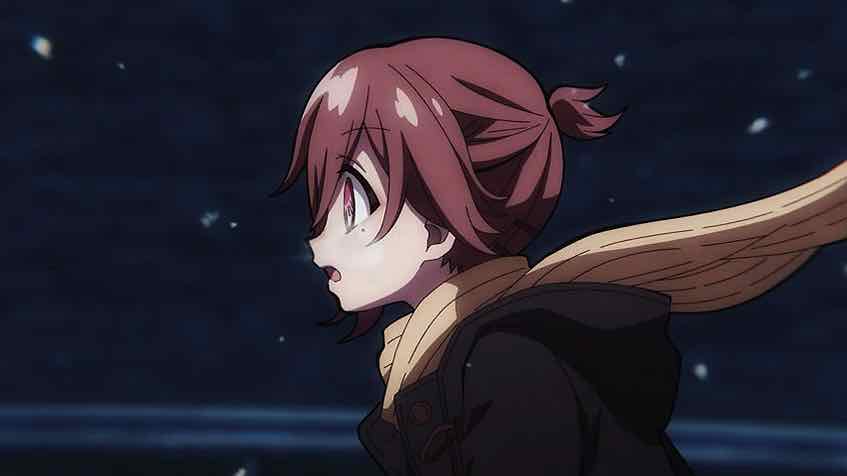
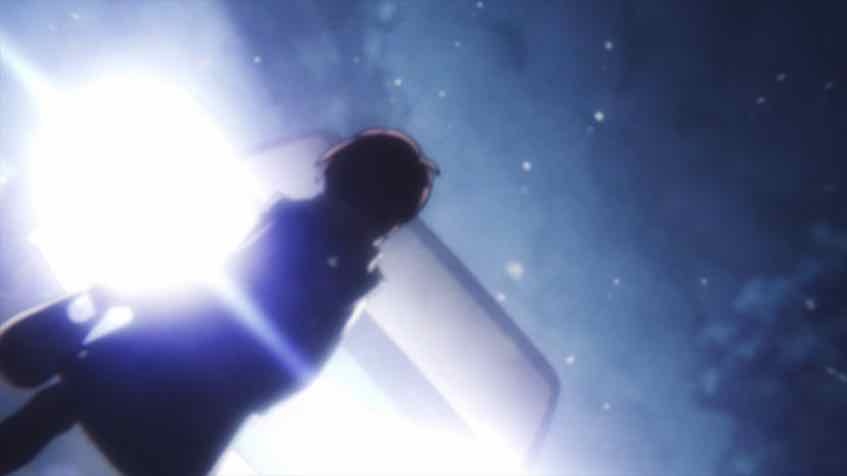
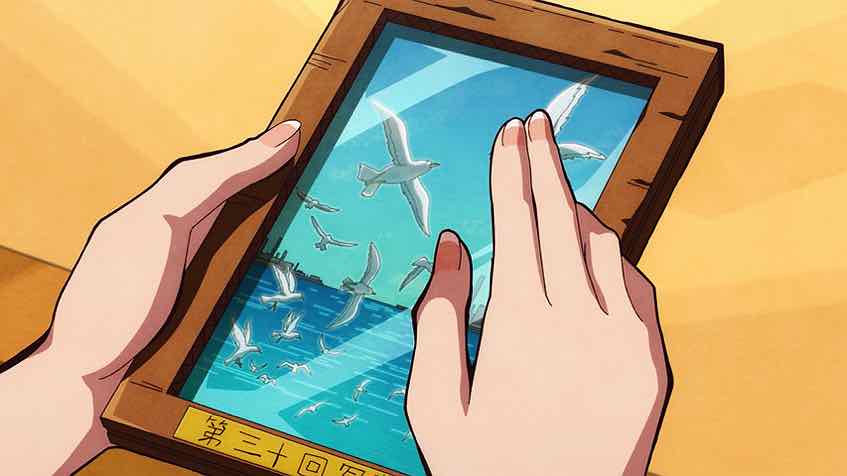
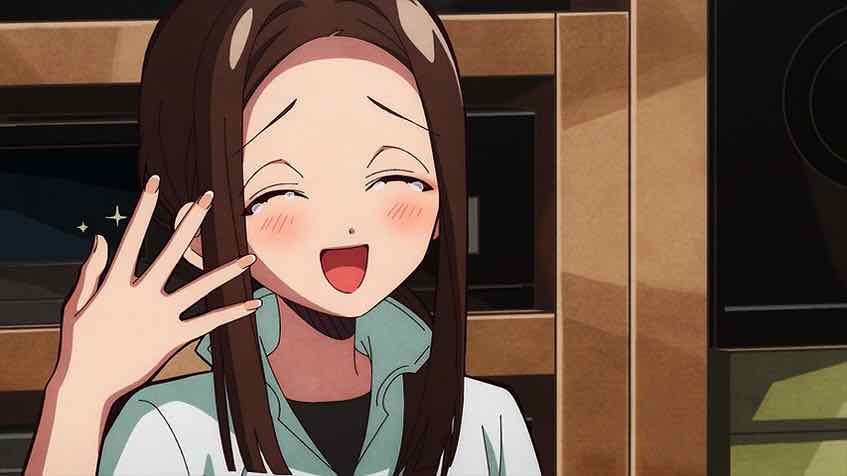
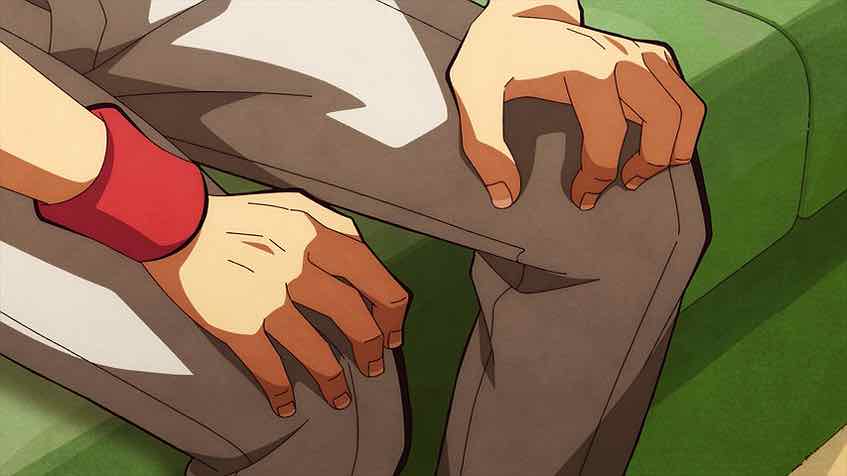
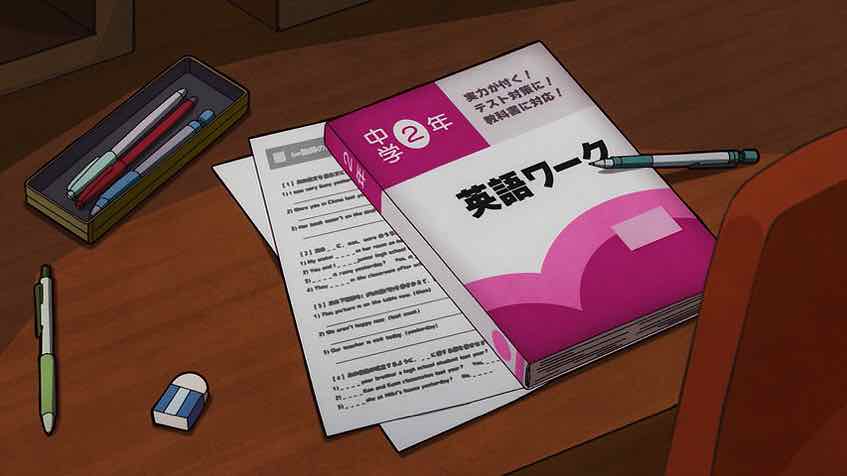

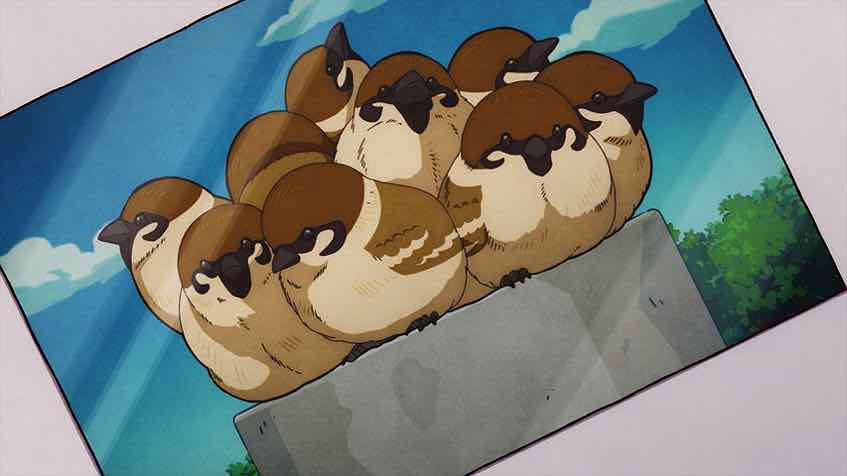
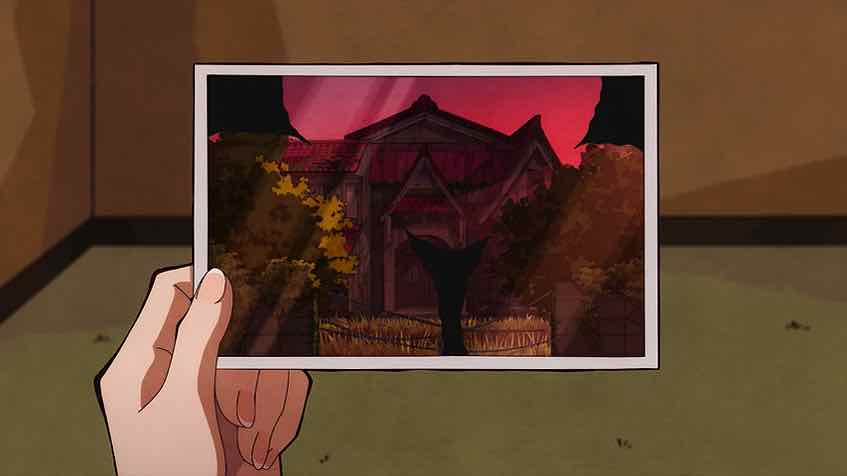
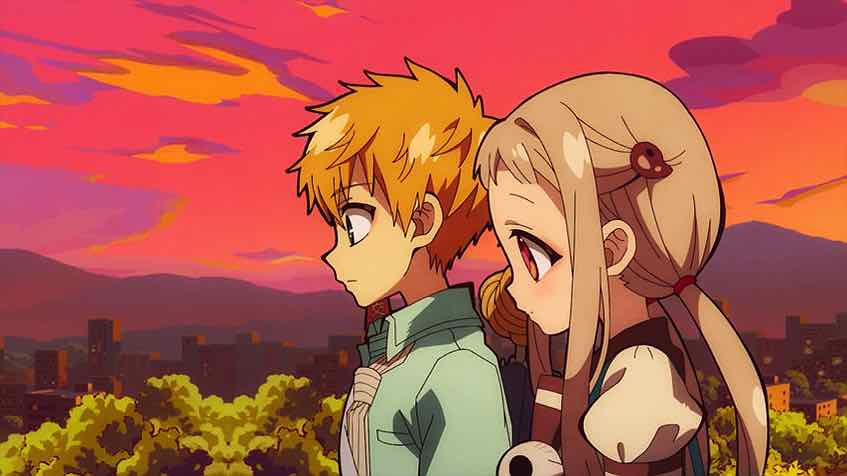
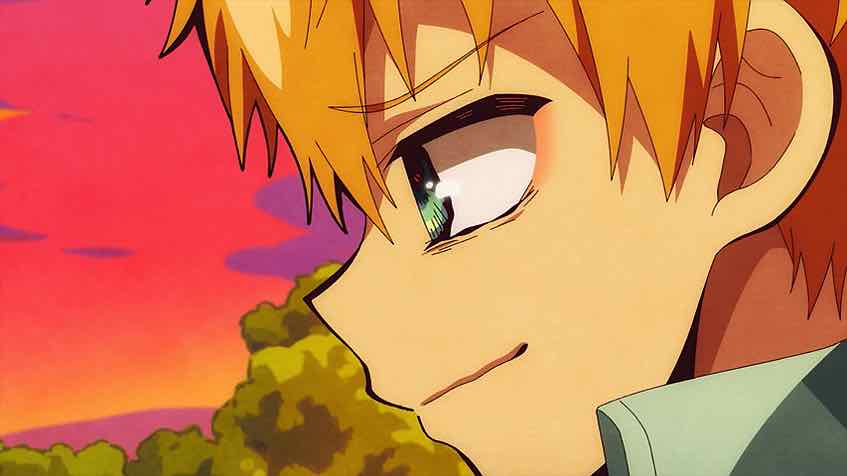

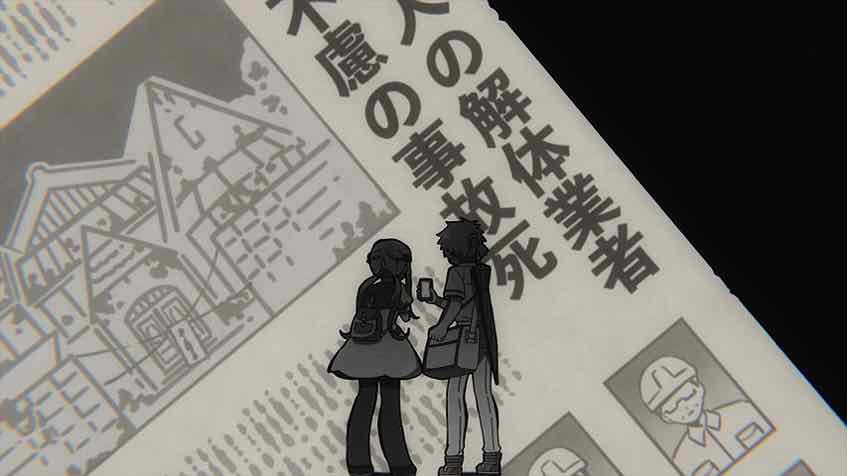
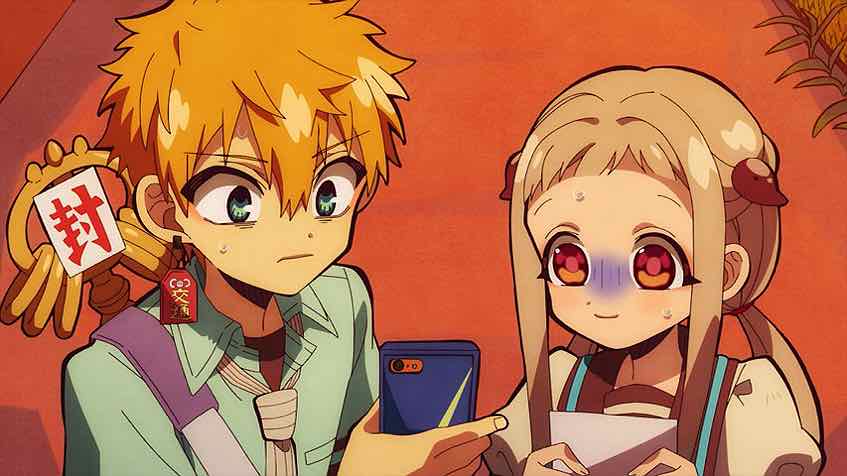
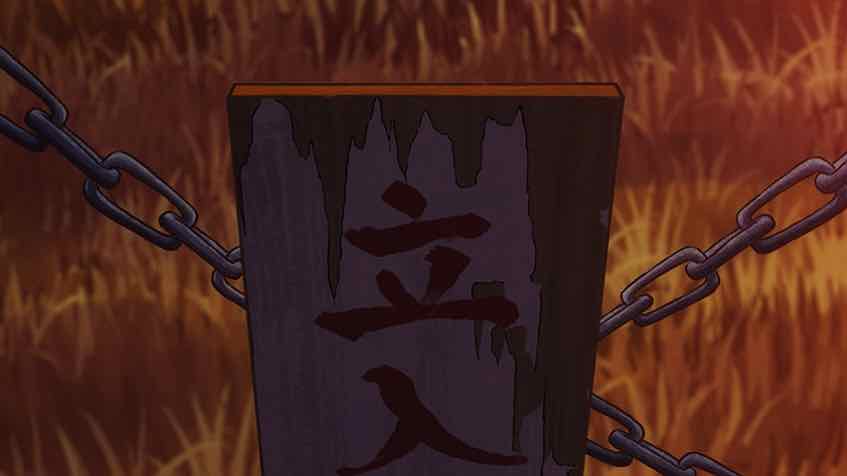
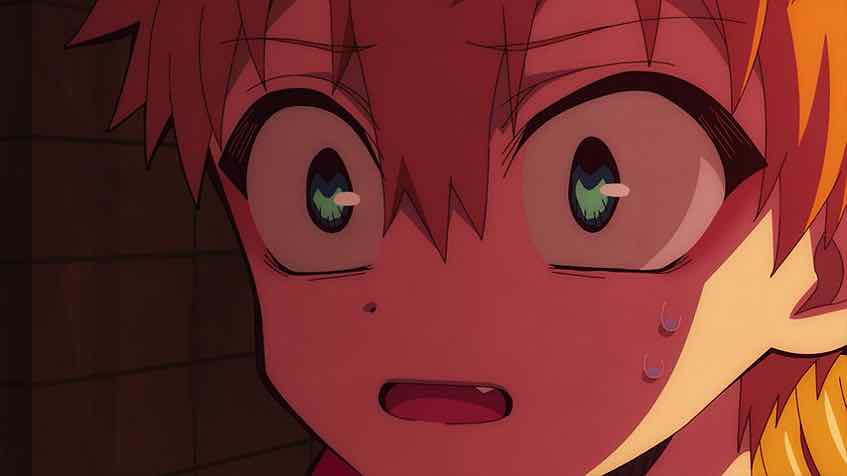
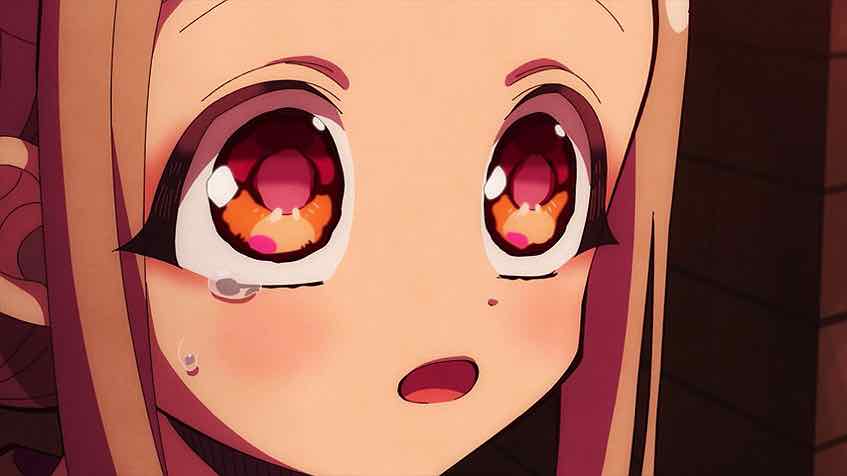
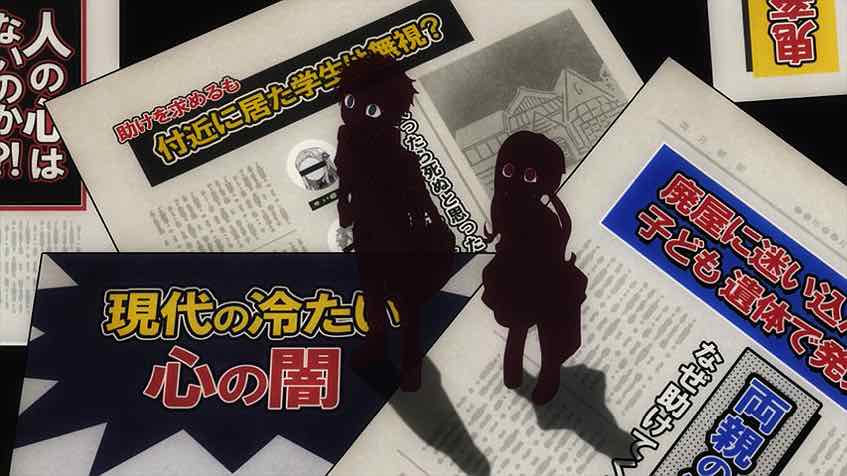
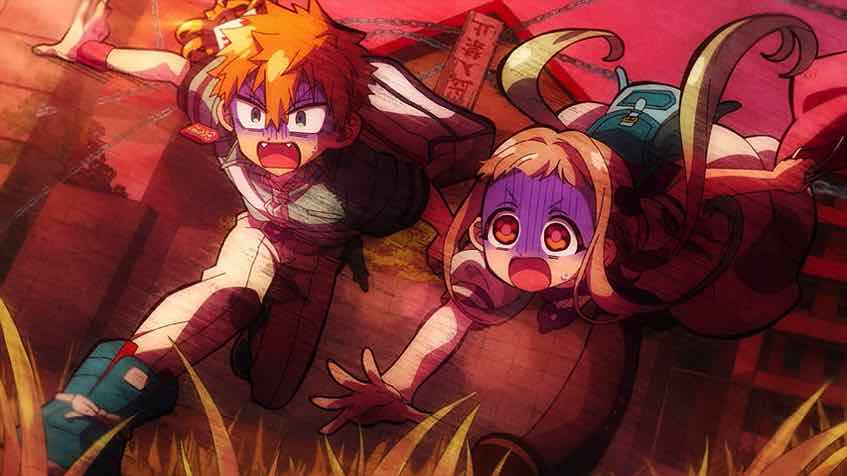
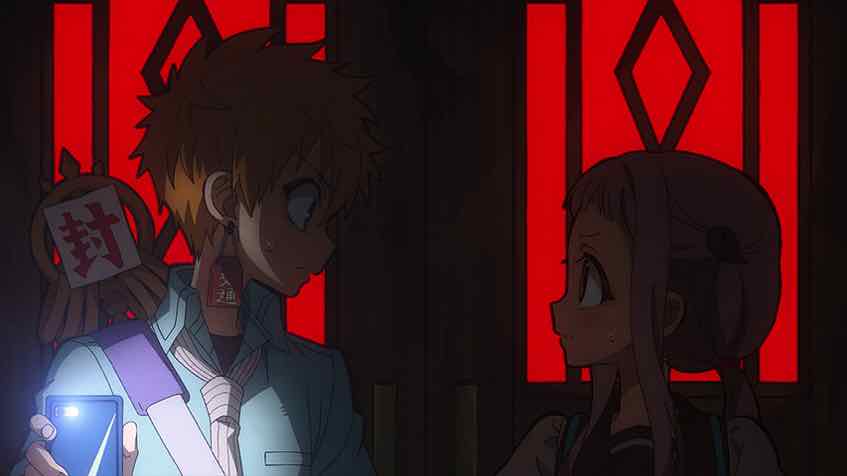
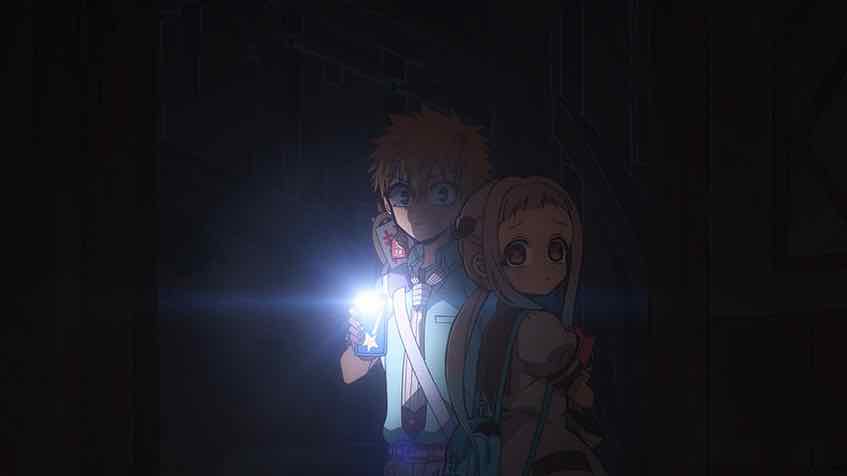
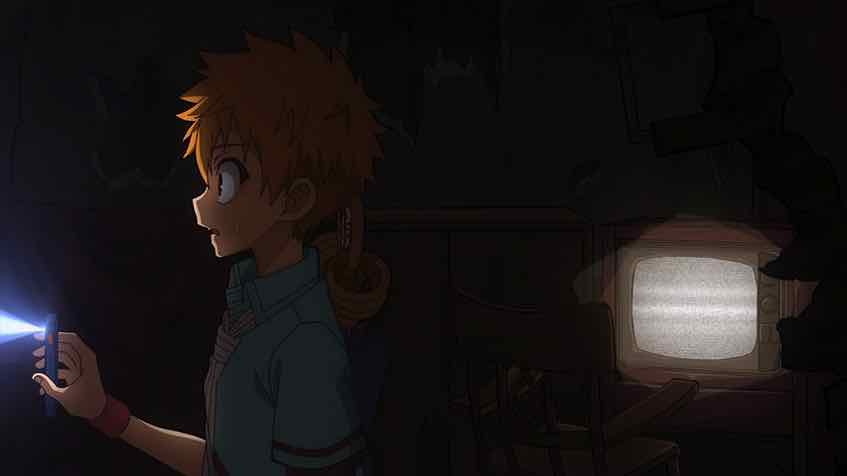
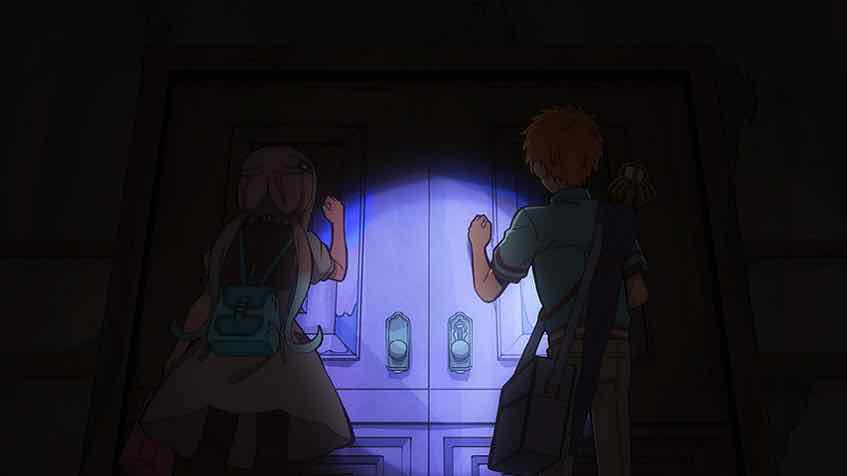
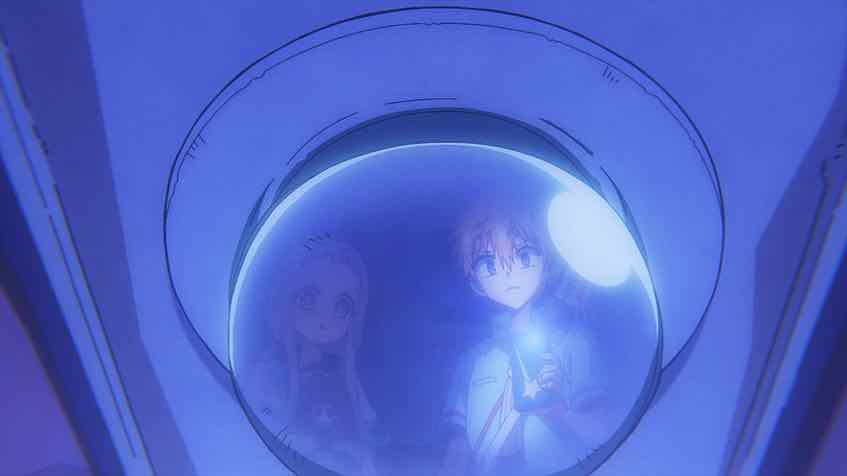
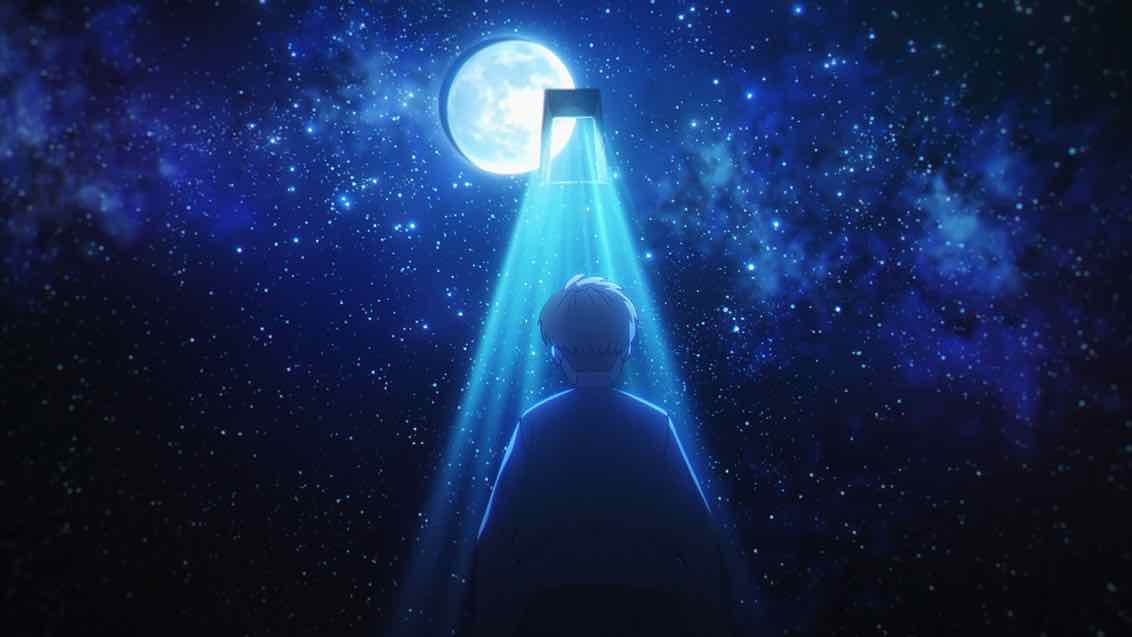
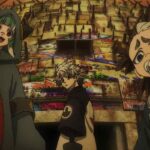
sweejen
August 18, 2025 at 1:25 pmAnother incredible episode/experience.
Guardian Enzo
August 18, 2025 at 2:54 pmAnd seemingly under the radar.
Ambystoma maculatum
August 29, 2025 at 5:22 amThis episode was really stellar, even for this consistently great show.
Kou’s question to Nene at the start was very interesting. In addition to navigating his own crush on her and how she feels about Hanako, and wanting to give her this option even as he’s clearly not entirely sure it’s a good idea, with the context of the rest of the episode I couldn’t help but think he might also be asking himself whether this is something he’d ever consider doing for Mitsuba.
It’s also interesting watching this season of Hanako-kun as it airs alongside The Summer Hikaru Died. The two shows are very different in genre and how they portray the supernatural, but both of them are ultimately about kids dealing with death in various forms. I was catching up with both of them, and when Kou explained to Nene the differences between the original Mitsuba and the new Number Three, I realized that this was somehow the second show I had watched that day featuring a teenager mourning someone with whom he had an intense friendship (that probably involved romantic feelings on at least one side), while also interacting with an altered version of his friend and having to wonder how much they have in common with the original. What an oddly specific parallel.
Guardian Enzo
August 29, 2025 at 6:37 amIndeed, well noted. The parallels are stronger than they appear. And these are probably the two best shows of the season (though Dekin no Mogura is right there).